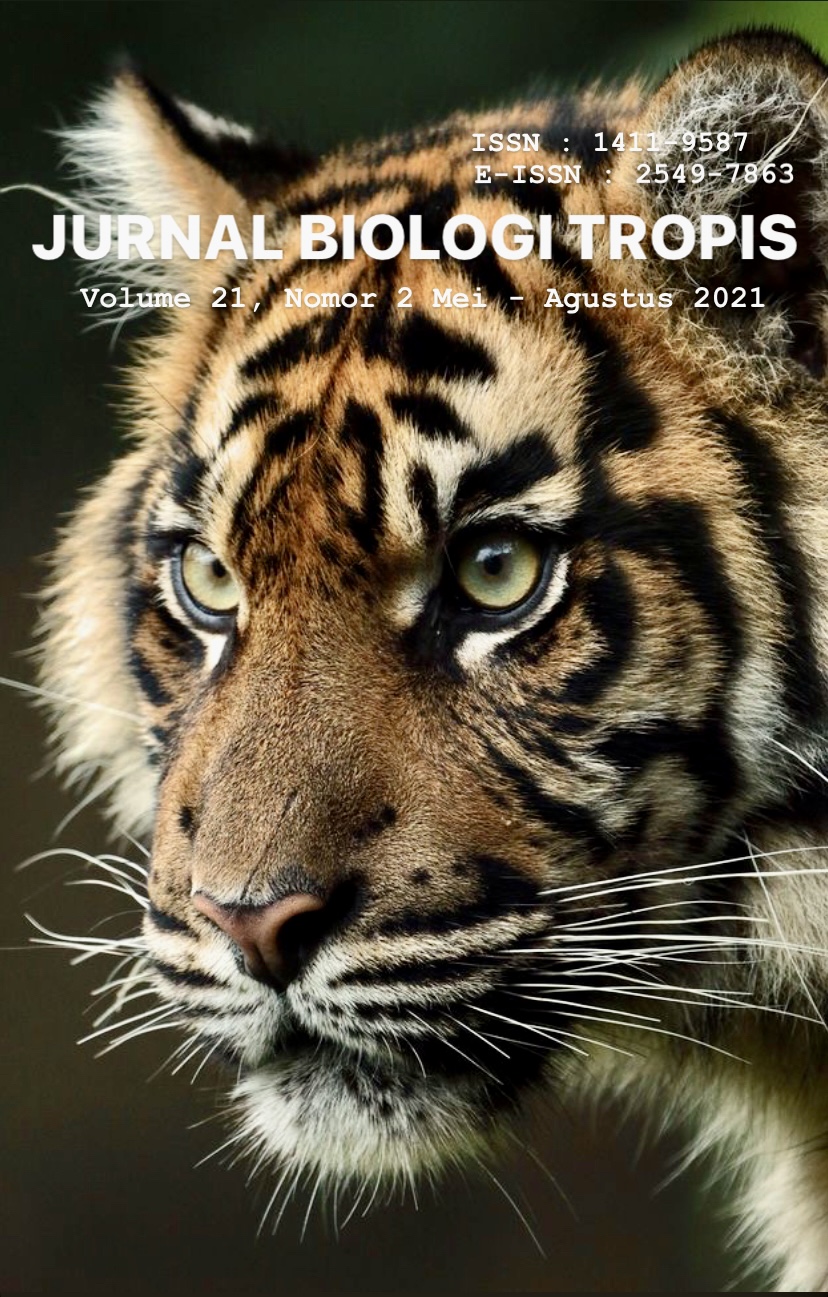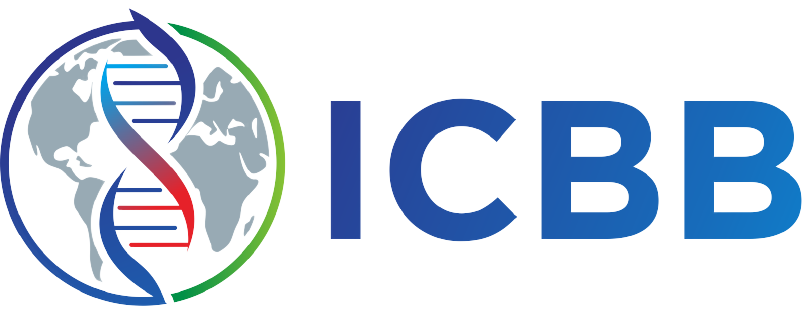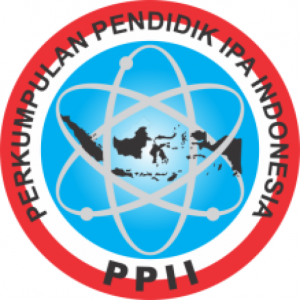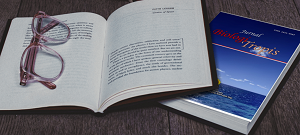
Most read articles by the same author(s)
- Yadin Yadin, Zaenal Abidin, Fariq Azhar, The Effect of The Solvent-To-Leaf Ratio in The Extraction Process of Moringa leaves on Erythrocyte and Lecocyte of Tilapia , Jurnal Biologi Tropis: Vol. 25 No. 1 (2025): Januari - Maret
- Lulu Lutfiati, Nunik Cokrowati, Fariq Azhar, Difference Long Irradiation on The Growth Rate of Kappaphycus Alvarezii , Jurnal Biologi Tropis: Vol. 22 No. 1 (2022): January - March
- Nuri Muahiddah, Fariq Azhar, Andre Rachmat Scabra , Rangga Idris Affandi, Septiana Dwiyanti , Effectiveness of Mangosteen Peel Extract Garcinia mangostana in Inhibiting Aeromonas hydrophila Bacteria , Jurnal Biologi Tropis: Vol. 24 No. 1b (2024): Special Issue
- Muhammad Taslim, Dewi Putri Lestari, Thoy Batun Citra Rahmadani, The Effect of Using Fermented Maggot Flour on The Growth of Tilapia Fish (Oreochromis niloticus) , Jurnal Biologi Tropis: Vol. 25 No. 1 (2025): Januari - Maret
- Imro'atul Hapizah, Muhammad Junaidi, Fariq Azhar, Effectiveness of Use of UV Lamp in Disinfection of Additioned Vaname Shrimp (Litopenaeus vannamei) Cultivation Media Bacteria Vibrio Harveyi , Jurnal Biologi Tropis: Vol. 24 No. 2 (2024): April - Juni
- Nur Yatin, Nunik Cokrowati, Fariq Azhar, Use of NPK Fertilizer for Cultivating Eucheuma spinosum Seaweed at Different Doses on a Laboratory Scale , Jurnal Biologi Tropis: Vol. 23 No. 1 (2023): Special Issue
- Aslam Zulfiqar Yahya, Fariq Azhar, Sahrul Alim, Substitution of Protein Source with Hatchery Waste Meal in Snakehead Fish (Channa striata) Feed , Jurnal Biologi Tropis: Vol. 25 No. 2 (2025): April-Juni
- Haerunnisaa Nisa, Wastu Ayu Diamahesa, Dewi Putri Lestari, Optimizing The Utilization of Arabica Coffe Grounds Extract on the Growth Perfomance of Tilapia (Oreochromis Niloticus) , Jurnal Biologi Tropis: Vol. 24 No. 4 (2024): Oktober - Desember
- Lu'lu'il Maknun, Fariq Azhar, Laily Mulyani, The Effect of Giving Mangrove Leaf Extract (Rhizopora apiculata) on The Immune System of Goldfish (Cyprinus carpio) Infected with Aeromonas hydropila Bacteria , Jurnal Biologi Tropis: Vol. 24 No. 1b (2024): Special Issue
- Baiq Helmiana, Dewi Putri Lestari, Laily Fitriani Mulyani, The Effect of Combined Aren Palm Sap and Molasses as Carbon Sources on the Growth and Survival of Vannamei Shrimp (Litopenaeus vannamei) , Jurnal Biologi Tropis: Vol. 25 No. 2 (2025): April-Juni
Similar Articles
- Mayta Novaliza Isda, Siti Fatonah, Yulminarti Yulminarti, Dewi Indriyani Roslim, Carbon Sequestration Potential of Traditional Agroforestry System in Rimbo Panjang Village, Kampar Based on Tree Biomass , Jurnal Biologi Tropis: Vol. 24 No. 3 (2024): July - September
- Haryani Haryani, Muhlis Muhlis, Didik Santoso, Potential Carbon Content in The Coastal Mangrove Forests Area Of West Lombok District, West Nusa Tenggara Province , Jurnal Biologi Tropis: Vol. 22 No. 3 (2022): July - September
- Hendra Susana Putra, Agil Al Idrus, Rizal Umami, Mapping Potential Carbon Content of Seagrass Species as Gas Regulation in Sekotong Waters, West Lombok , Jurnal Biologi Tropis: Vol. 23 No. 4 (2023): October - December
- Sudirto Malan, M. Abjan Fabanjo, Utilization of Bioflok on Vaname Shrimp (litopenaeus vannamei) Cultivation , Jurnal Biologi Tropis: Vol. 22 No. 1 (2022): January - March
- Vera Pertiwi, Chairul Chairul, Syamsuardi Syamsuardi, Potential Carbon Content and Inorganic Carbon Sequestration in the Karst Area of Silokek Geopark, Sijunjung Regency , Jurnal Biologi Tropis: Vol. 24 No. 3 (2024): July - September
- Fitra Muazzasari, Lalu Japa, Eni Suyantri, Sediment Organic Carbon Stock at the Muara Gembong Mangrove Area of Bekasi, West Jawa , Jurnal Biologi Tropis: Vol. 25 No. 1 (2025): Januari - Maret
- Abdillah Fatwa, Andi Tri Lestari, Andi Chairil Ichsan, The Carbon Stocks Estimation on Tangga Community Forests of Lombok Utara , Jurnal Biologi Tropis: Vol. 24 No. 3 (2024): July - September
- Pahrurrozi Pahrurrozi, Gito Hadiprayitno, Eni Suyantri, Estimation of Carbon Stock in Mangrove Seedlings and Sediment in EEA Bagek Kembar, West Lombok , Jurnal Biologi Tropis: Vol. 25 No. 3 (2025): Juli-September
- Husniatun Nufus, Markum Markum, Rima Vera Ningsih, Estimation of Carbon Stocks in Green Open Spaces (RTH) in East Pagutan, Mataram City , Jurnal Biologi Tropis: Vol. 25 No. 2 (2025): April-Juni
- Eva Rosdiana Sari, Abdul Syukur, Moh. Liwa Ilhamdi, Potential Carbon Content of Seagrass Species Diversity in Coastal Waters of Central Lombok , Jurnal Biologi Tropis: Vol. 21 No. 3 (2021): September - Desember
You may also start an advanced similarity search for this article.

